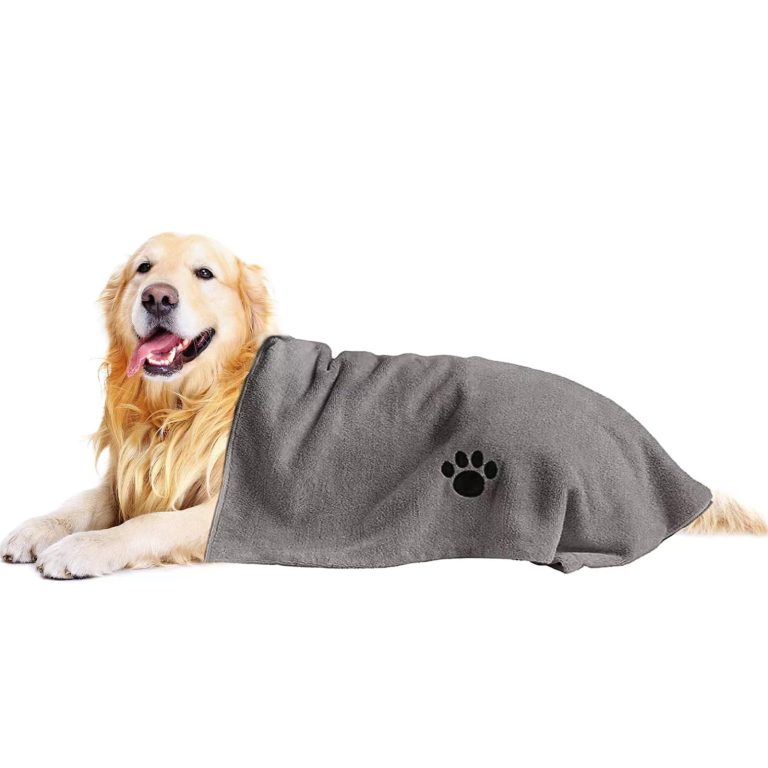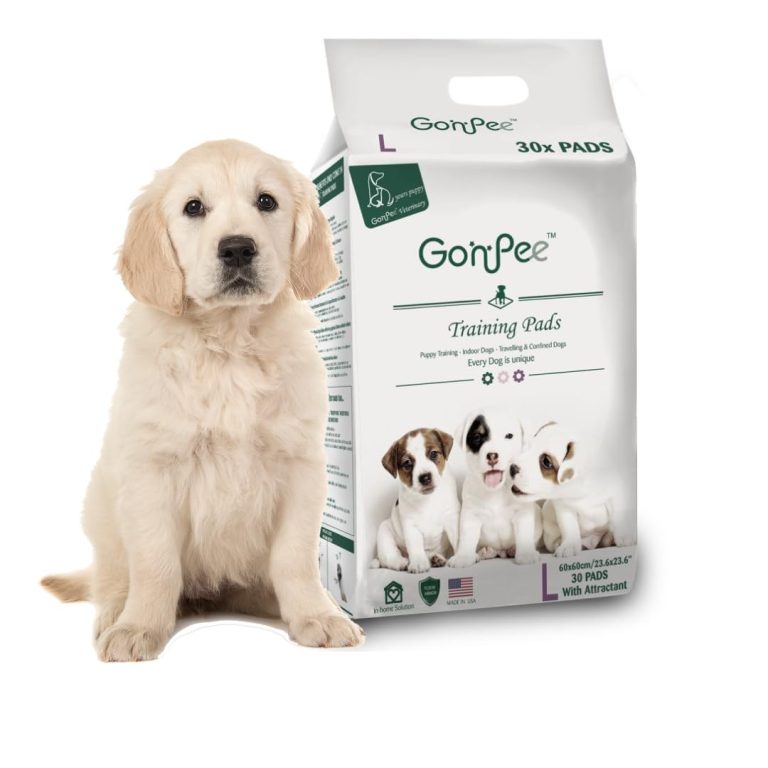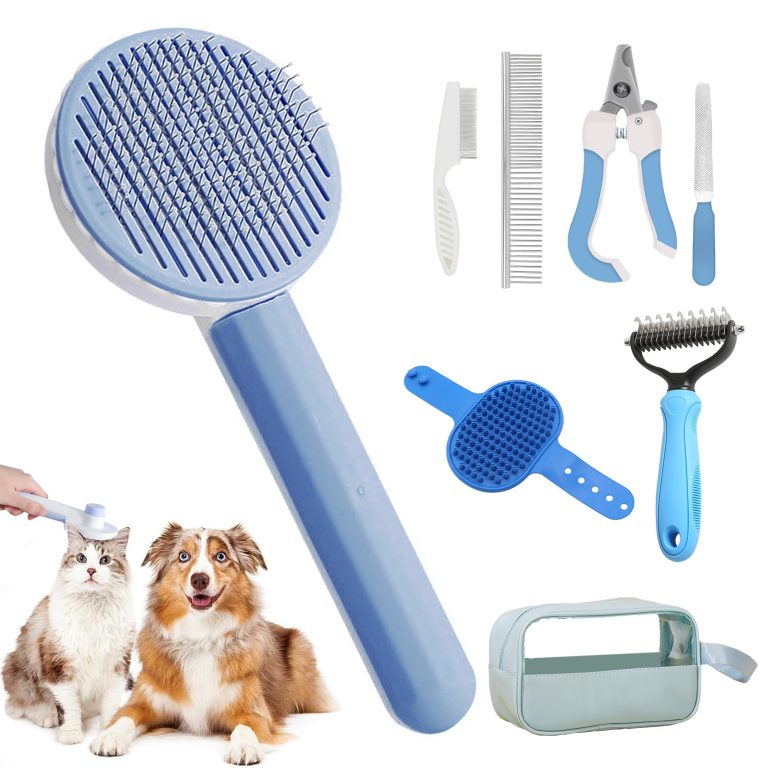First Aid for Dogs – Essential Tips Every Owner Should Know

The foundation of effective canine health management lies in a comprehensive understanding of the essential needs and vulnerabilities of our furry companions. Dogs, unlike humans, may not outwardly express pain or discomfort, making it imperative for owners to be attuned to their pets’ unique signals as well as proactive in ensuring their overall well-being. Addressing their exercise requirements is paramount; a well-exercised dog is typically a healthier dog, both physically and mentally. Aim for a balanced regime encompassing daily walks, engaging playtime, and opportunities for mental stimulation, as these activities can significantly reduce anxiety and prevent health issues related to obesity.
In recognizing the common health issues that may arise, it very important for every dog owner to be aware of the signs and predispositions to certain conditions. For instance, hip dysplasia is prevalent in many breeds and can lead to chronic pain if left untreated. Regular veterinary check-ups are vital not only for vaccinations but also for early detection of such issues. Should a health concern arise, discussing treatment options with your veterinarian can illuminate the path forward, whether it involves medication, weight management, or specialized diets.
Dental care, often overlooked, plays a pivotal role in a dog’s overall health, linking poor oral hygiene to conditions such as heart disease and kidney problems. Regularly brushing your dog’s teeth, providing dental chews, and scheduling routine professional cleanings can help in maintaining healthy gums and teeth. Remember, a dog with strong, healthy teeth will not only enjoy mealtime but will also have a brighter disposition.
As dogs age, they experience a plethora of changes that require careful consideration and possibly adjustments in care. Age-related health changes may manifest as decreased mobility, cognitive disorientation, or changes in behavior. Regular veterinary assessments and appropriate dietary modifications can slow the progression of these changes, ensuring a more comfortable and fulfilling life for your aging pet. Supplements such as omega-3 fatty acids or glucosamine can be beneficial in managing arthritis or joint discomfort, consequently enhancing their quality of life.
Mental stimulation should not be neglected; an intellectually stimulated dog is a contented dog. Engaging your canine companion with puzzle toys, obedience training, or agility exercises can fill their day with challenges and rewards, enhancing their emotional health and decreasing the likelihood of destructive behaviors wrought from boredom. The quote “A tired dog is a good dog” resonates profoundly, emphasizing the importance of nurturing both physical and mental well-being through varied and stimulating activities.
Lastly, preventive care serves as a cornerstone for a long and healthy life. This encompasses not merely routine vaccinations and parasite control, but also lifestyle adjustments that promote enduring vitality. Regularly include vet check-ups as part of your dog’s yearly routine, invest in quality nutrition tailored to their specific needs, and foster an environment rich with love and companionship. Recognizing the signs of illness or distress early on empowers owners to act swiftly, thereby safeguarding their beloved pets from potential complications. The more informed and proactive we are about canine health, the better we can ensure our four-legged friends lead a joyful, robust life.
Common emergencies and how to respond
Understanding how to recognize and respond to common emergencies is a vital skill that every dog owner should master. Accidents can happen swiftly, whether through misadventures during playtime, encounters with unfamiliar animals, or the ingestion of harmful substances. Each scenario requires swift and appropriate action to mitigate harm and secure the well-being of your pet.
For instance, in the case of choking, a dog may exhibit distress by pawing at its mouth, excessive drooling, or making gagging noises. Immediate intervention is necessary; for smaller breeds, you can hold the dog in your arms and give a few firm thrusts to the abdomen to dislodge the object. For larger breeds, position the dog standing upright, and apply the Heimlich maneuver to create enough pressure on the belly to force the obstruction out. Always follow this with a veterinary visit, as residual damage may not be immediately apparent.
Dog bites, whether inflicted by another dog or a human, can lead to serious injuries. It very important to remain calm and assess the situation without exacerbating the dog’s anxiety. If the bite is severe, apply gentle pressure to control bleeding with a clean cloth while seeking veterinary attention without delay. Clean any minor wounds with warm water and an antiseptic solution to prevent infection, remembering to monitor the injury closely for signs of swelling or unusual behavior.
In the unfortunate event of your dog ingesting toxic substances—such as chocolate, certain plants, or household cleaners—time becomes your enemy. Identify the substance and contact your veterinarian or a local poison control hotline immediately for guidance. Inducing vomiting may be advised, but do not attempt this without professional recommendations; the timing and method are critical to ensuring your dog’s safety.
Heatstroke can be particularly perilous during warmer months. Signs include excessive panting, drooling, weakness, or disorientation. If you suspect your dog is experiencing heatstroke, move them to a cool, shaded area and provide small amounts of cool (not ice-cold) water to drink. Wetting their body with cool, damp cloths can help lower their temperature. It’s essential to monitor your dog’s condition closely while seeking immediate veterinary care, as heatstroke can lead to life-threatening complications.
Seizures can be alarming to witness, and they often leave pet owners in a state of panic. If your dog has a seizure, remove any potential hazards from the vicinity, and do not attempt to hold them down or put anything in their mouth, as this can cause injury. Note the duration of the seizure and any symptoms that follow, as this information will be crucial for your vet. Observe your dog’s recovery closely, as disorientation or prolonged lethargy may necessitate a more immediate veterinary intervention.
Lastly, while cuts and abrasions might seem minor, they can become infected if not treated properly. Clean the wound with mild soap and water, taking care to remove any debris. Cover it with a sterile bandage if necessary, and keep an eye on it for signs of infection, such as increased redness, swelling, or pus. If the wound does not improve or your dog exhibits signs of discomfort, such as excessive licking, whining, or reluctance to move, consult your veterinarian.
Being prepared for these emergencies through education and quick action not only enhances your dog’s chances of a swift recovery but also ensures you remain calm and effective in a crisis. An informed owner is a powerful advocate for their pet’s health and safety, capable of making the best decisions in the most challenging situations.
Essential first aid kit items for dogs
Building a comprehensive first aid kit for your dog is not merely a precaution; it’s a vital component of responsible pet ownership. The items you include can significantly affect your ability to respond promptly to emergencies, ultimately influencing the health outcomes for your beloved companion. As you curate your kit, consider not only your dog’s size and breed but also their unique lifestyle and potential health risks, ensuring that the contents are tailored to their specific needs.
At the heart of a canine first aid kit is a selection of essential supplies aimed at addressing a variety of situations. Begin with a proper bandage roll or adhesive tape to secure dressings on wounds and cuts. The ability to swiftly dress a bleeding wound can mean the difference between minor injury and major complications. Additionally, include sterile gauze pads in various sizes; these are invaluable for absorbing blood and protecting the injury from contaminants.
Antiseptics such as hydrogen peroxide and alcohol wipes should also be on hand to cleanse minor wounds, however, it is prudent to consult with your veterinarian regarding the appropriate use of these substances, as some may not suit all types of injuries or skin sensitivities. You may also think including a topical antibiotic ointment—just ensure it is pet-safe and free from harmful ingredients like hydrocortisone.
Furthermore, don’t overlook the benefits of a digital thermometer specifically designed for canine use. A normal temperature for dogs typically ranges between 100.5°F and 102.5°F, and being equipped to take your dog’s temperature can provide immediate insights into their health status during a crisis. Recognizing the signs of fever or hypothermia can prompt timely interventions that may be life-saving.
It is wise to have a pair of tweezers at the ready for removing splinters or ticks, both of which can lead to serious complications if not addressed right away. In the case of ticks, it is critical to grasp the tick as close to the skin as possible and pull straight out, avoiding any twisting motions that can result in part of the tick remaining embedded, which may heighten the risk of disease transmission.
Having a muzzle in your first aid kit may sound counterintuitive, yet it can be essential in situations where your dog may be in pain and more likely to bite. Opt for a soft, adjustable muzzle that can be applied quickly, so that you can secure your dog while you provide care, thereby ensuring both your safety and that of your dog.
Ponder also packing a pet-safe first aid manual or guidebook that details emergency procedures tailored to dogs. This resource can serve as a valuable reference point in crisis situations, offering step-by-step instructions for various emergencies, from choking incidents to severe allergic reactions.
Additionally, don’t forget about your dog’s medications. If your furry friend has known health conditions, keep a supply of their prescribed medications in the kit, along with a current list of their medical history and a copy of their vaccination records. In emergencies, having this information readily available can expedite veterinary care and nurture seamless communication between you and the veterinary team.
Lastly, ponder including an electrolyte solution designed for pets. In cases of dehydration due to vomiting or diarrhea, rehydration is critical. This solution can provide necessary nutrients and hydration, aiding your dog’s recovery while you await professional help.
Remember, while having a well-stocked first aid kit is important, knowledge and awareness are equally important. Familiarize yourself with the signs of distress and potential emergencies specific to your dog’s breed and lifestyle, so that you can act swiftly and confidently when the unexpected occurs. By equipping yourself with both the right tools and knowledge, you position yourself to provide the highest level of care to your canine companion, reinforcing the bond you share as a dedicated pet owner.
When to seek veterinary help
Recognizing the pivotal moments when veterinary assistance is needed can profoundly impact the health and well-being of your canine companion. As dedicated owners strive to decipher the behaviors and needs of their dogs, discernment becomes critical. While a general awareness of canine health can guide decision-making, specific scenarios signify the necessity for professional evaluation. One alarming sign is persistent vomiting or diarrhea, especially when accompanied by lethargy or loss of appetite. Such symptoms may indicate underlying issues ranging from dietary indiscretion to severe infections or gastrointestinal obstructions; thus, a timely consultation is paramount.
Another pressing situation merits immediate action: the appearance of blood in feces or urine. These alarming indicators can stem from various causes, such as internal injuries, parasites, or more serious conditions like cancer or kidney disease. If your dog exhibits these symptoms, seeking veterinary help is non-negotiable, as intervention can often lead to better outcomes the sooner it occurs.
Sudden behavioral changes, such as aggression or extreme withdrawal, may be a dog’s way of signaling discomfort or pain. For instance, a normally sociable dog becoming reclusive may suggest pain that warrants examination. Similarly, aggressive behavior might indicate fear or a reaction to pain, compelling owners to seek understanding and support from a veterinary professional.
Furthermore, unexpected mobility issues—be it difficulty standing up, limping, or an inability to climb stairs—are flags that should not be ignored. Conditions such as arthritis, ligament tears, or even fractures can severely impact quality of life, and early intervention is vital for effective management. Assess the severity of the situation by observing your dog’s activity over a day or two; should the issue persist or worsen, a visit to the veterinarian is warranted.
Seizures, too, command an urgent response. While occasional seizures may occur due to a variety of non-life-threatening reasons, multiple seizures or prolonged episodes can indicate more serious underlying health issues, including epilepsy or poisoning. An owner should document the frequency and duration of these events to provide detailed information to the veterinarian, facilitating targeted diagnosis and treatment.
Additionally, if a dog experiences any signs of distress after exposure to potential toxins—be it ingestion of chocolate, ingestion of harmful plants, or contact with pesticides—immediate action is essential. Time is of the essence in these scenarios. Always consult with a veterinarian or contact a pet poison control hotline without delay, as quick response can often mean the difference between life and death.
Lastly, the importance of being vigilant regarding any visible external abnormalities, such as swelling, lumps, or unusual skin lesions, cannot be overstated. These can represent infections or, in more severe instances, tumors. Monitoring the size, color, and texture of such growths can provide critical information to your veterinarian and warrant action if changes are observed.
In nurturing an intuitive understanding of your dog’s health, fostering an open dialogue with your veterinarian is invaluable. Regular checkups form the backbone of a proactive health strategy, ensuring early detection of potential issues that might otherwise escalate in severity. By staying vigilant and responsive to health concerns, you not only serve as an advocate for your pet’s well-being but also enhance the bond you share, built on love and trust. Each symptom observed and each sign interpreted leads to informed decisions that safeguard the health of your canine friend, offering them the best chance for a happy and healthy life.







